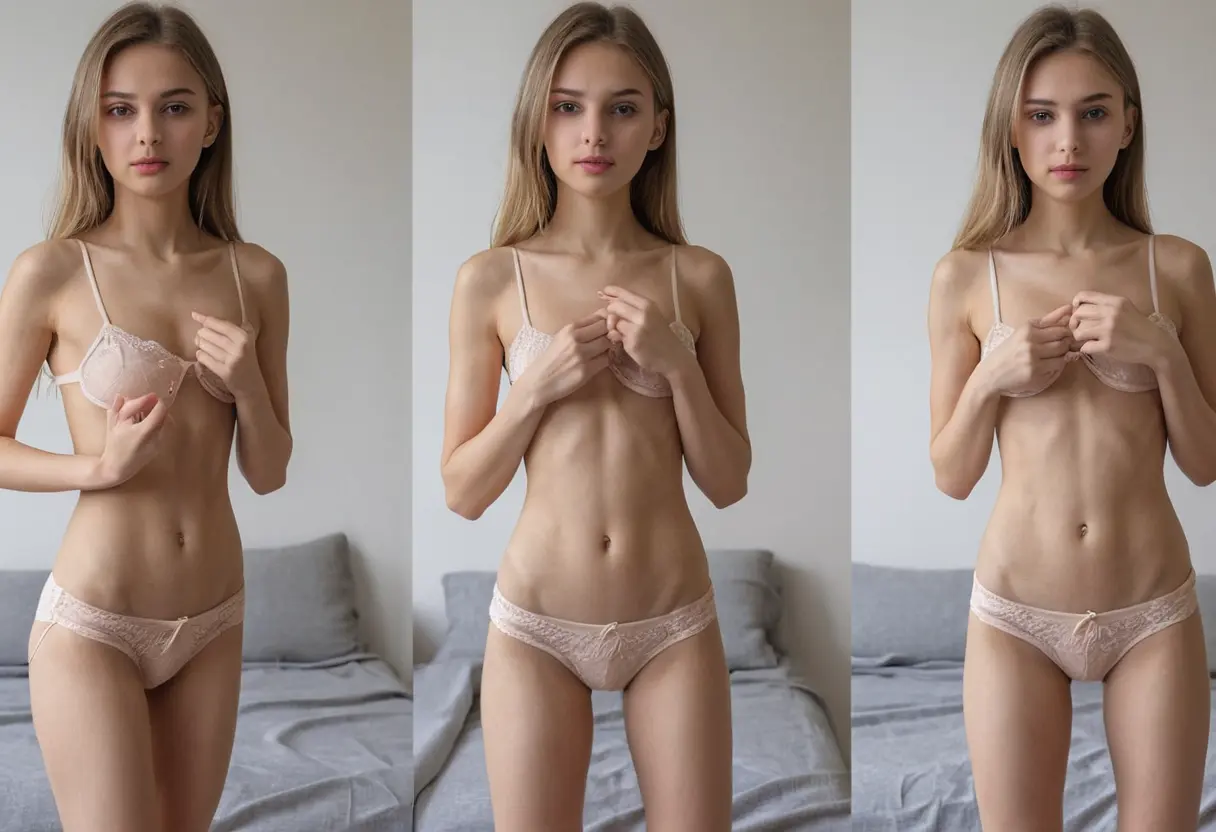The Future of Fashion Technology How Deep Nude Undress AI is Changing the Industry
The Future of Fashion Technology: How Deep Nude Undress AI is Changing the Industry
As technology continues to reshape various industries, the fashion sector is no exception. One of the most intriguing developments in recent years is the emergence of Deep Nude Undress AI, a groundbreaking technology that uses artificial intelligence to alter images and generate virtual depictions of clothing removal. This innovation not only challenges traditional norms of fashion modeling but also opens new avenues for designers, retailers, and consumers alike. In this article, we will explore how Deep Nude Undress AI is revolutionizing the fashion industry, its implications for the future, and the ethical considerations that come with it.
Understanding Deep Nude Undress AI
Deep Nude Undress AI employs sophisticated algorithms to create hyper-realistic images that simulate the absence of clothing on individuals. By analyzing numerous data points and utilizing machine learning techniques, the technology can produce outputs that appear remarkably lifelike. This capability is primarily achieved through a combination of computer vision and deep learning, allowing the software to understand and replicate the intricacies of human anatomy and fabric behavior.
The implications of this technology extend beyond mere visual representation. It has the potential to transform how fashion is marketed, shifting from traditional modeling to more interactive and personalized experiences. As consumers become accustomed to these virtual experiences, the demand for conventional photo shoots may decline, leading to significant changes in the fashion industry’s production and marketing processes.
Revolutionizing Fashion Marketing
One of the most significant impacts of Deep Nude Undress AI is its ability to enhance fashion marketing strategies. Retailers can use this technology to create personalized shopping experiences for consumers. For instance, customers can see how an outfit might look on them without the need for physical trials, thus streamlining the purchasing process.
- Virtual Try-Ons: Consumers can visualize how clothing would appear on their bodies, promoting a more engaging shopping experience.
- Customizable Designs: Designers can offer tailored clothing suggestions based on an individual’s unique body shape and preferences.
- Cost-Effectiveness: Reducing the need for extensive photo shoots can save brands significant costs, allowing them to allocate resources to other areas such as product development and customer service.
Impacts on Fashion Design
Deep Nude Undress AI also has the potential to influence fashion design itself. Designers can experiment with various styles and fabric combinations in a virtual space, allowing for greater creativity and innovation. This technology provides instant feedback on how different designs might look, enabling designers to refine their concepts without the need for physical prototypes.
Moreover, the integration of AI in the design process allows for more sustainable practices. By reducing waste associated with sample production and allowing for more efficient design iterations, brands can adopt eco-friendly approaches that resonate with today’s environmentally conscious consumers.
Ethical Considerations
Despite its many advantages, the use of Deep Nude Undress AI raises significant ethical questions. The technology can potentially be misused for inappropriate or harmful purposes, such as the creation of non-consensual images or the perpetuation of unrealistic body standards. As the fashion industry embraces this technology, it must also implement strict guidelines and ethical standards to ensure responsible usage.
- Consent: It is crucial to obtain explicit consent from individuals whose images are used in AI processes.
- Transparency: Brands should be transparent about the use of AI in their marketing and product representations.
- Regulation: The industry must advocate for regulations that protect against misuse and ensure ethical practices.
The Future of Fashion with AI
The future of fashion technology is undeniably intertwined with advancements like Deep Nude Undress AI. As this technology becomes more prevalent, we can expect a shift in how fashion is designed, marketed, and consumed. Brands that embrace these innovations while prioritizing ethical considerations will likely lead the way in shaping the future landscape of the fashion industry.
In conclusion, Deep Nude Undress AI represents a fascinating intersection of fashion and technology, with the potential to transform various aspects of the industry. While it offers numerous advantages in terms of marketing, design efficiency, and undress ai toolsustainability, the ethical implications cannot be overlooked. As we move forward, it is essential for the fashion industry to navigate these changes thoughtfully, ensuring that technological advancements are used responsibly and for the betterment of all stakeholders involved.
Weekly hotspots
- How AI Undress is Revolutionizing Virtual Try-Ons and Fashion Choices
- The Future of AI in Clothing Simulation and Virtual Undressing Solutions
- Discover the Ultimate Best Undressing AI for Enhanced Visual Experiences
- Exploring the Impact of AI Undresser Technology on Adult Entertainment
- The Future of AI Generated Nudes in Digital Art and Culture
- How AI Technology is Revolutionizing Virtual Fashion and Body Representation




